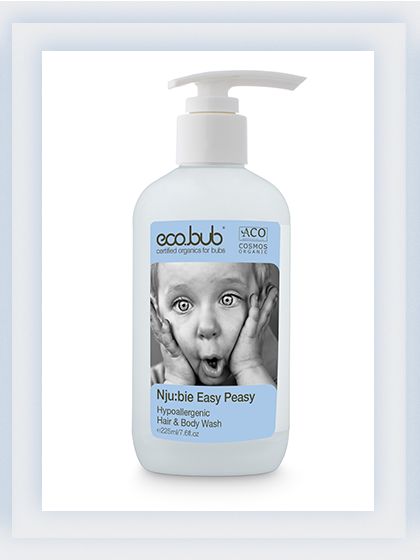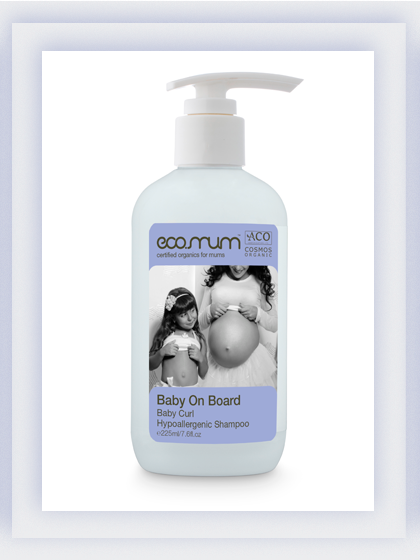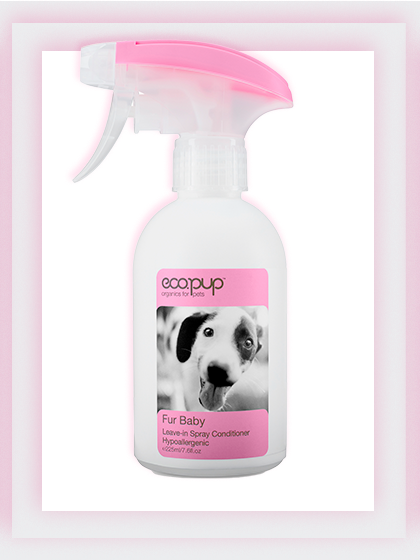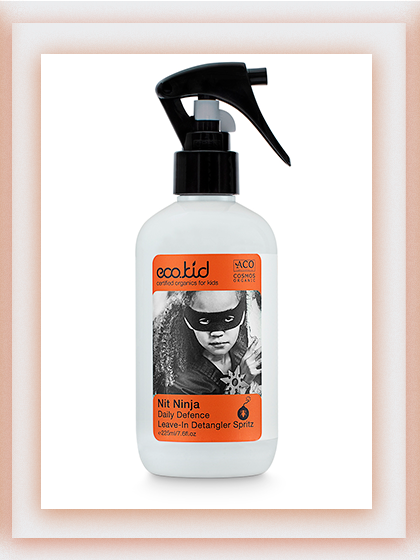How to Catch Headlice
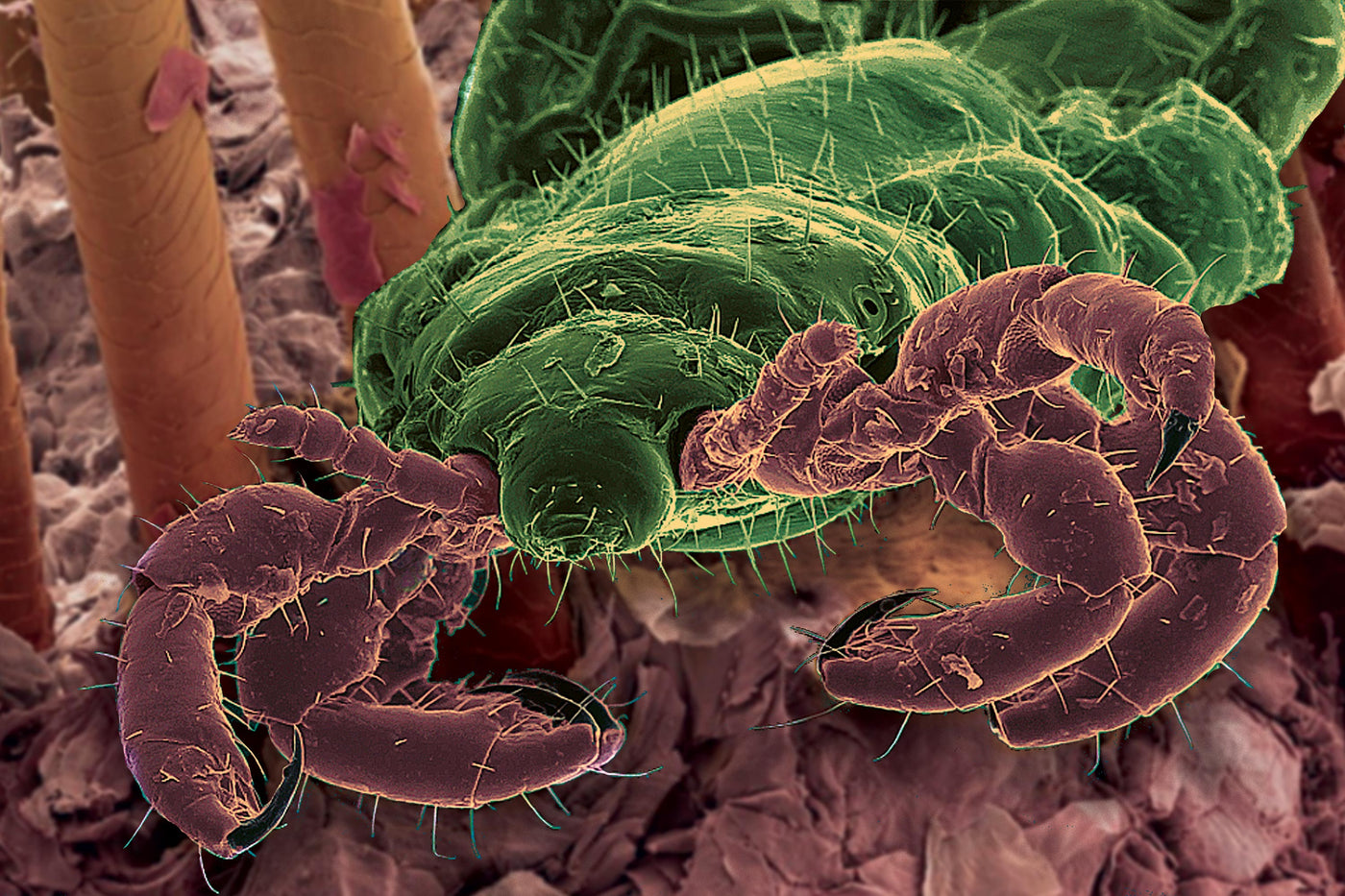
You are not alone
One in four Aussie kids has headlice at any one time
An average of 24% of Australian Primary School Children have an active head lice infestation and/or live eggs, at any one time.*
*International Journal of Dermatology 1199, 38, 285-290
In an urban primary school in Australia and around the western world, head lice infestation is present at a hyperendemic level. Clustering by class indicated the classroom as a main source of infestation.
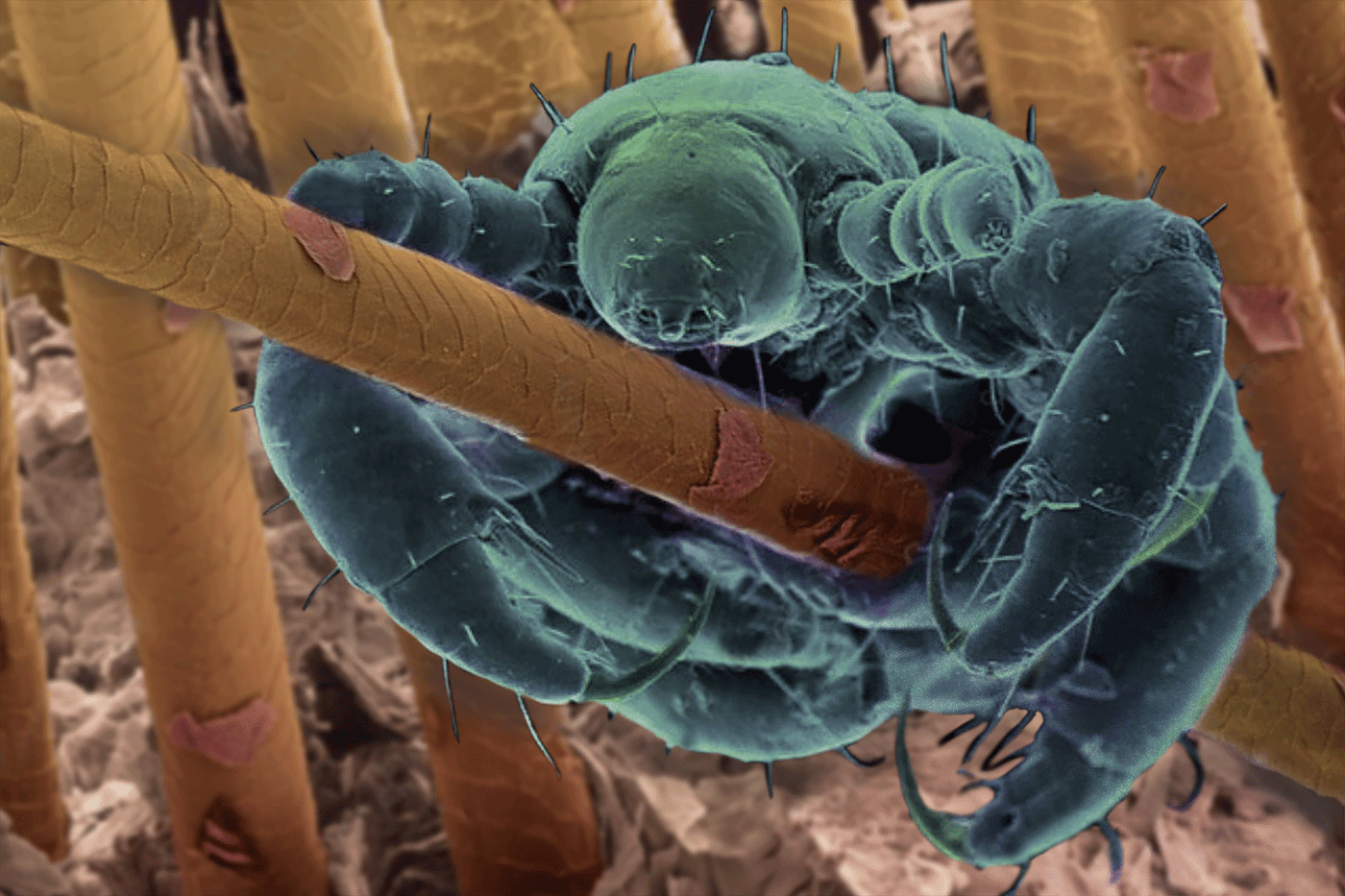
Built to hold on, not to jump!
Headlice are great trapeze artists!
Head lice swing from head to head like an expert trapeze artist. They can hold on through repeated hair washings and combings.
HAIR TO HAIR TRANSFER:
The main way they get around is by crawling from one head to another — using relatively large, sickle-shaped claws. Each leg has a claw at the end. The claws are highly specialised for grasping hair shafts. The hair shaft fits into the bottom of the U-shaped space on their claw, giving it a grip that neatly fits the diameter of a human hair.

Claw their way around
Hair-to-Hair transfer,
Other spines higher up the leg help trap the hair in place to stop the hair moving out of the notch when the claw is closed. Each claw works in unison with a small and spiky, dagger-like spur called a spine.
With a claw and spine at the end of each of its six legs, a louse is able to tightly grasp and pierce a hair strand, enabling them to hold with only one or two claws tightly as they stretch out to nearby hairs, or quickly crawl from hair to hair like a speedy acrobat.
So... Head lice are mainly transmitted by hair-to-hair contact and secondly by head-to-head contact. It is highly irregular for them to be spread through the sharing of personal articles such as hats (because like any creature, head lice will not leave their food source to an inhospitable foreign environment.
Hair-to-Hair transfer, rather than Head-to-Head transfer means that kids don't have to touch heads to get headlice, but rather, it is more often the small fluffy and flyaway hairs on a kids head that act as swinging and catching stations.
Not a problem Headlice only live on hair
Hat, Helments & Pillows
Head lice on humans can move only by crawling on hair. Not on HELMETS, HATS or PILLOWS.
Head lice cannot spread by laying their eggs in sports helmets and baseball caps, sun-hats or on pillows. They never leave their host unless it is to get to another potential host. They need a blood-meal every 4-12 hours or they will die, and they need the heat and humidity of the human scalp to incubate their eggs or they will never hatch.
Professor Rick Speare, from James Cook University’s School of Public Health, Tropical Medicine and Rehabilitation Sciences said there was a very slim chance of head lice surviving in helmets.
“A head louse not on the head is a head louse in a desperate situation,” he said.
“Head lice will dehydrate when off the head and the rate at which this occurs depends on the amount of water vapour in the air. In an air-conditioned room, head lice will be severely dehydrated after a few hours, when it is wet and raining, head lice may live for 24 hours.”









